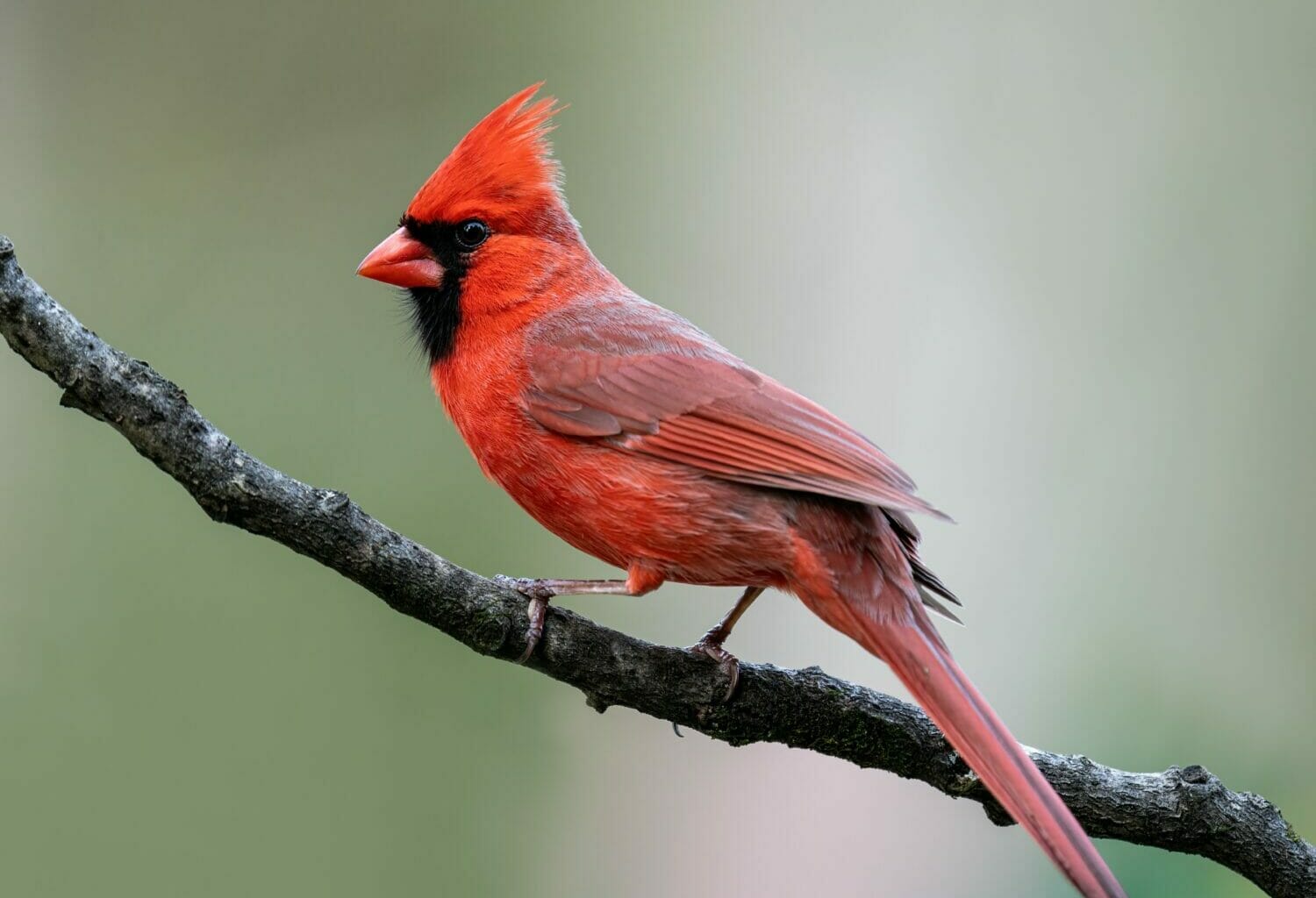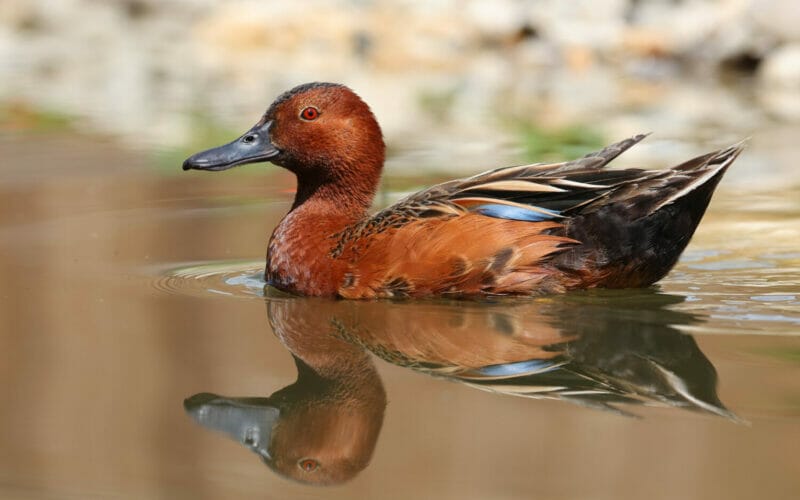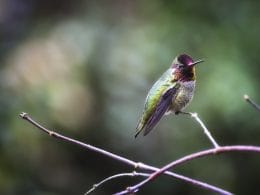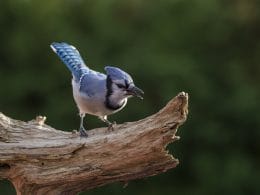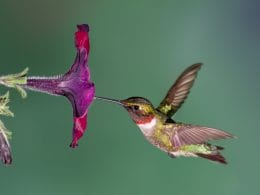There is a huge range of bird feeders available to buy. They tend to be quite expensive and often elaborate. But you might be wasting your money if you do not know what type of bird they are likely to attract. In this post we review the different types of feeder available and how to attract a specific species – the cardinal.
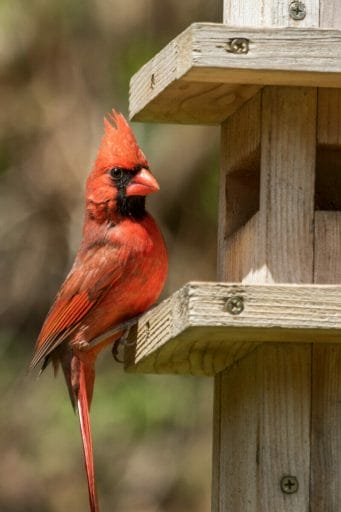
Types of Bird Feeders
Ground
This is a simple feeder – a tray on the ground. It can be used to attract small songbirds like finches, sparrows and juncos. Larger birds like doves may also visit.
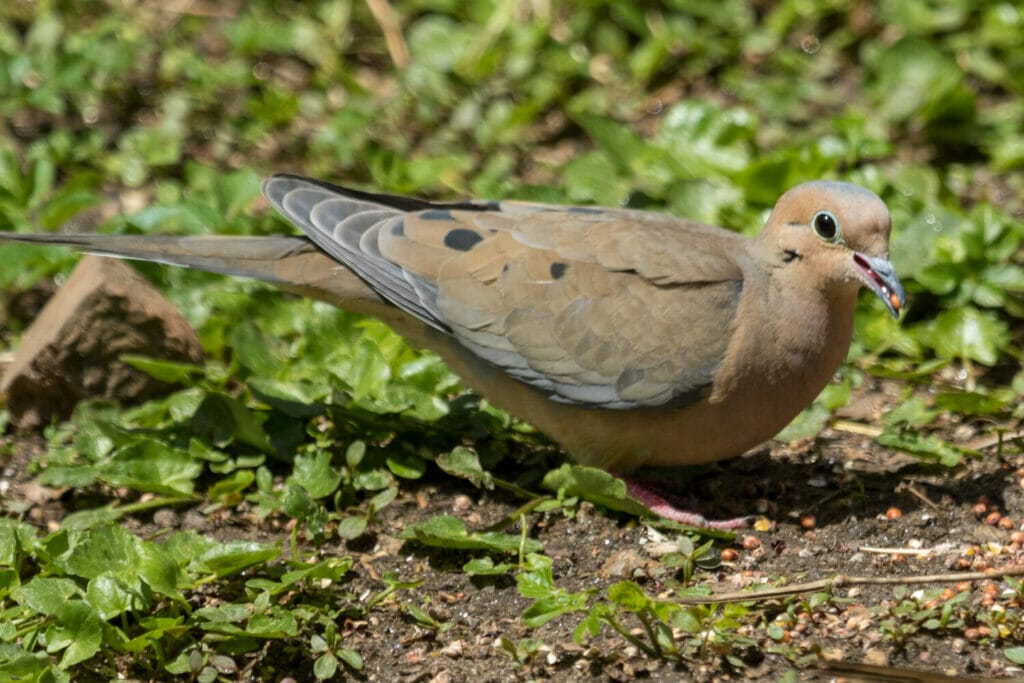
Photo by Imogen Warren
Hopper
A container is at the back of this feeder, connected to a press plate at the front. The hopper is opened when a bird lands on the plate, which can be adjusted for the weight of the desired birds. For example, if you want cardinals but not sparrows then the weight is set higher and the sparrows cannot release the hopper. Some can be reversed, with the heavier bird closing the hopper when they stand on the plate. The type of bird attracted to this feeder will depend on how the weighting is set and the type of food in the hopper.
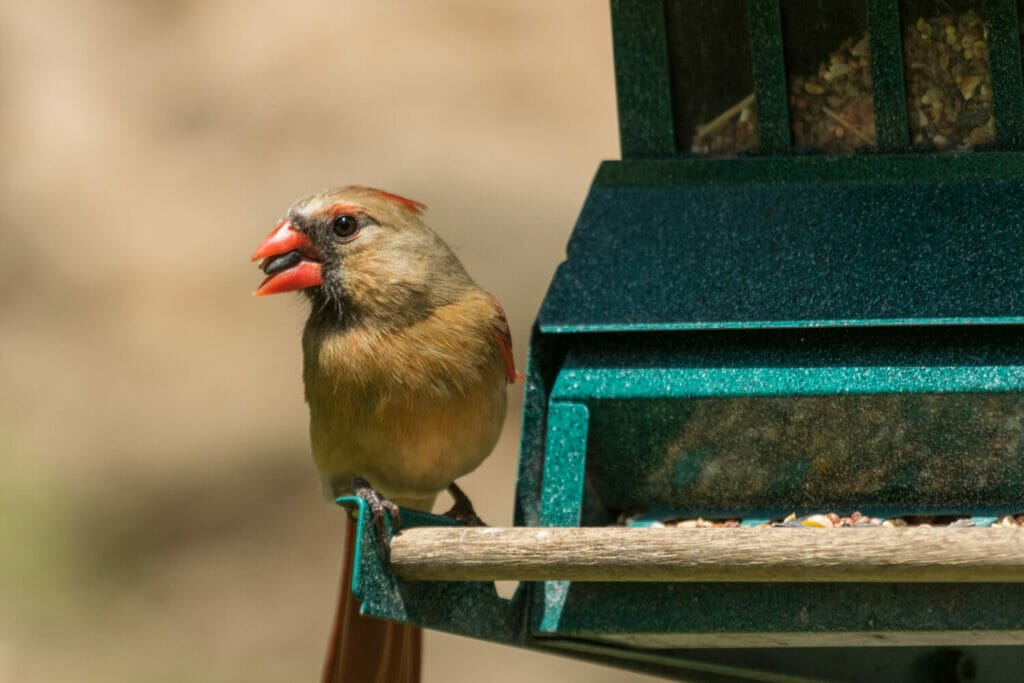
Photo by Imogen Warren
Tube
A long tube is suspended from a hook and has openings spaced out along and around the tube with perching rods next to them. This feeder is suited for smaller birds that can perch on the rods. The titmouse, nuthatch and finches are likely to visit this feeder, although opportunistic birds like cardinals may also try. Food used is usually seeds.
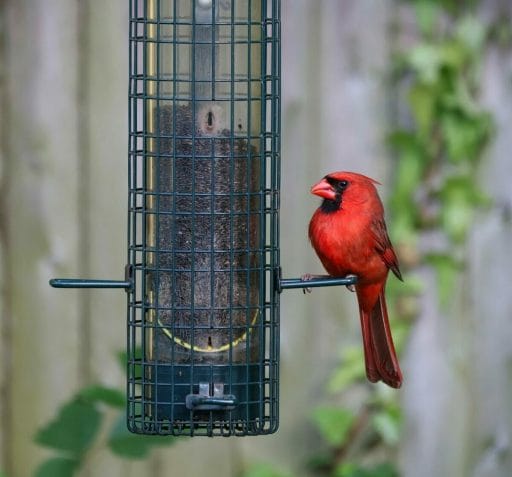
Thistle
The thistle feeder is uniquely designed for smaller birds as it only holds thistle seeds. Finches and small birds like redpoll will visit this feeder. You can see from the image that the cardinal may be too big to access the seeds.
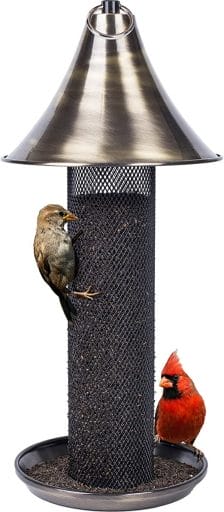
Suet
Most suet feeders are a cage with a block of suet inserted and then hung from a hook or holder. The suet is usually impregnated with seeds and berries. Woodpeckers, titmouse and warblers love these feeders.

Nectar
These feeders are specifically designed for feeding hummingbirds. They have a central reservoir for the sugar water. The shape is a bell with holes around the bottom rim for the birds to insert their bills. Very often there are flower shapes around the holes, which may be colored to attract a certain species.
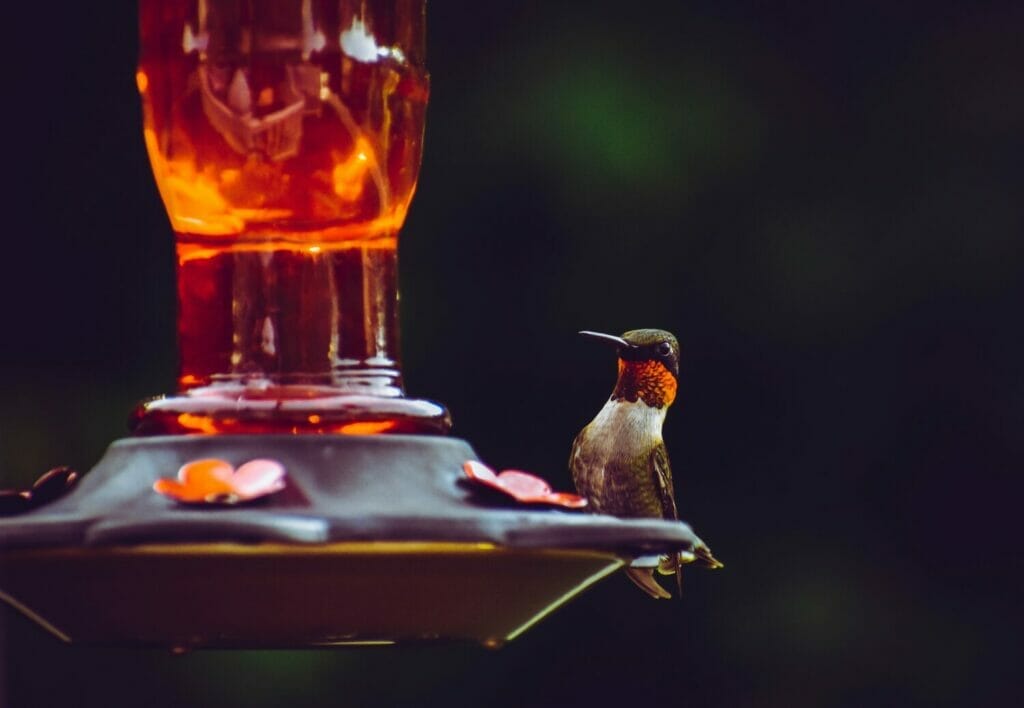
Cardinals
There are 4 species of cardinal in the United States. They are:
Northern Cardinal (Cardinalis cardinalis)
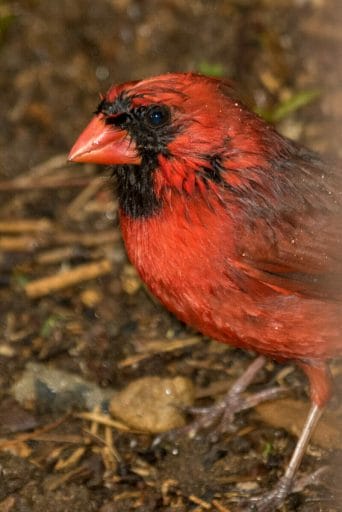
Range
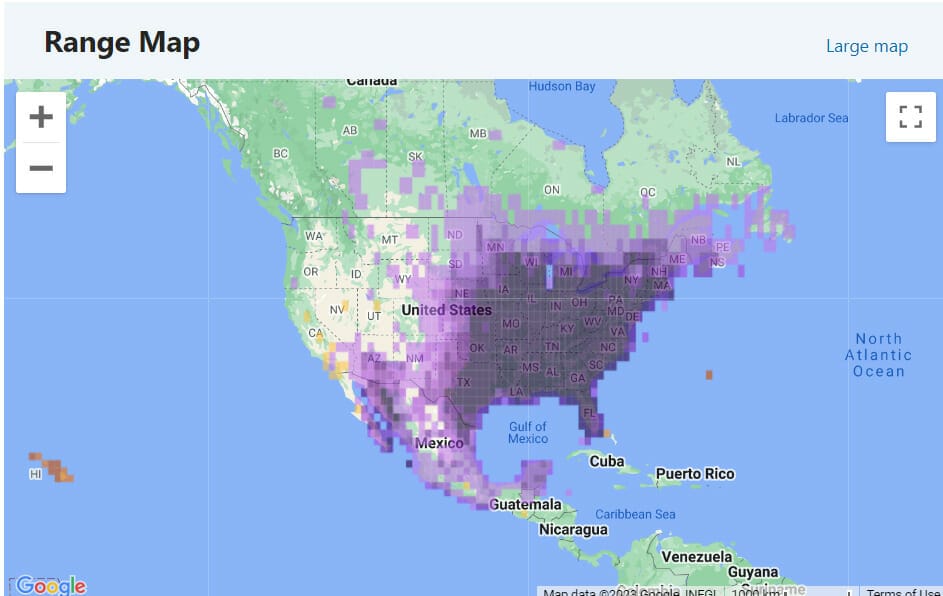
Details
The Northern Cardinal is a familiar sight in eastern American backyards. The male is bright red and while the female is duller, she still has that distinctive crest. They eat predominately vegetable matter and are skilled at breaking open seeds. Northern Cardinals are reliable visitors to bird feeders.
Red-crested Cardinal (Paroaria coronata)
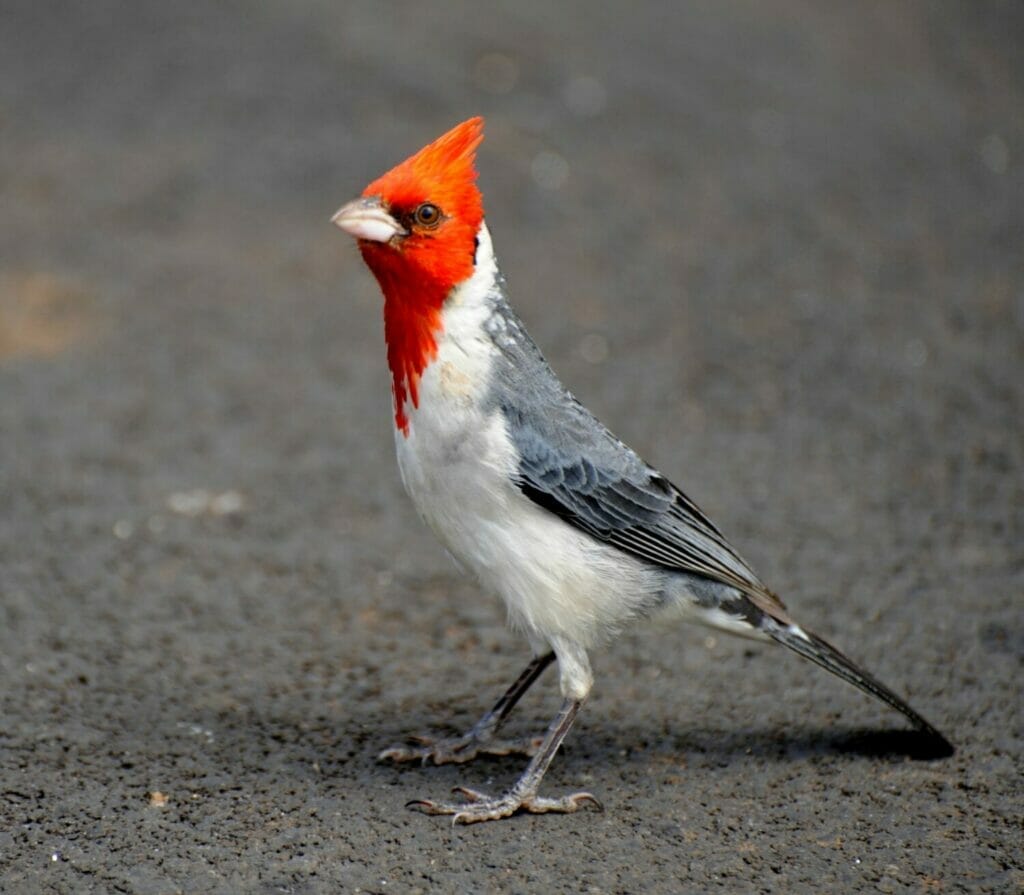
Range
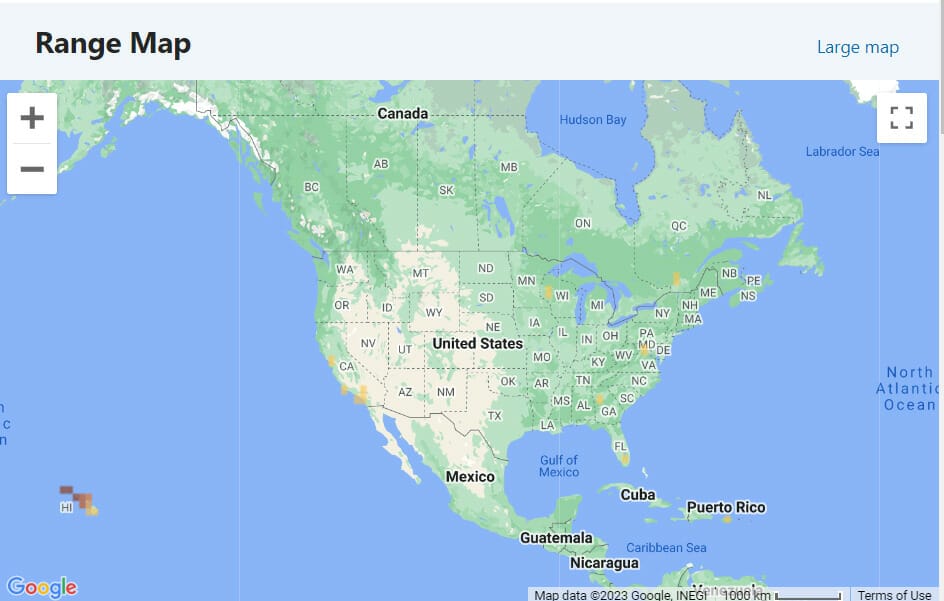
Details
A South American species, rarely seen in the U.S. and reportings are spread across the States. This cardinal has been introduced to Hawaii and is now established. These birds are actually a member of the tanager family and so, will be discounted from our research.
Yellow-billed Cardinal (Paroaria capitata)
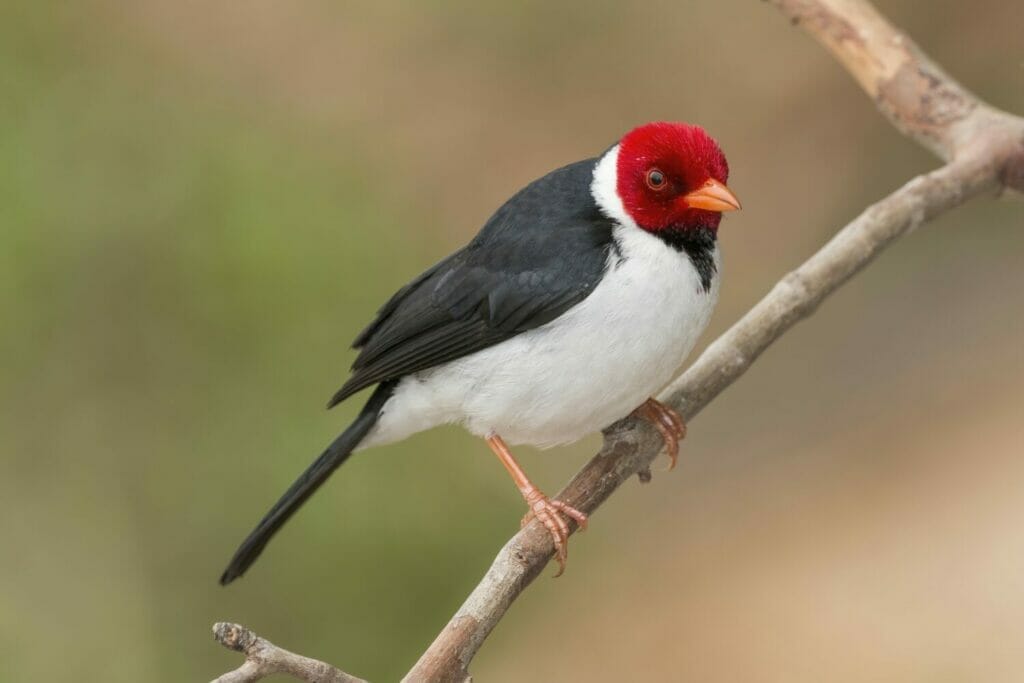
Range
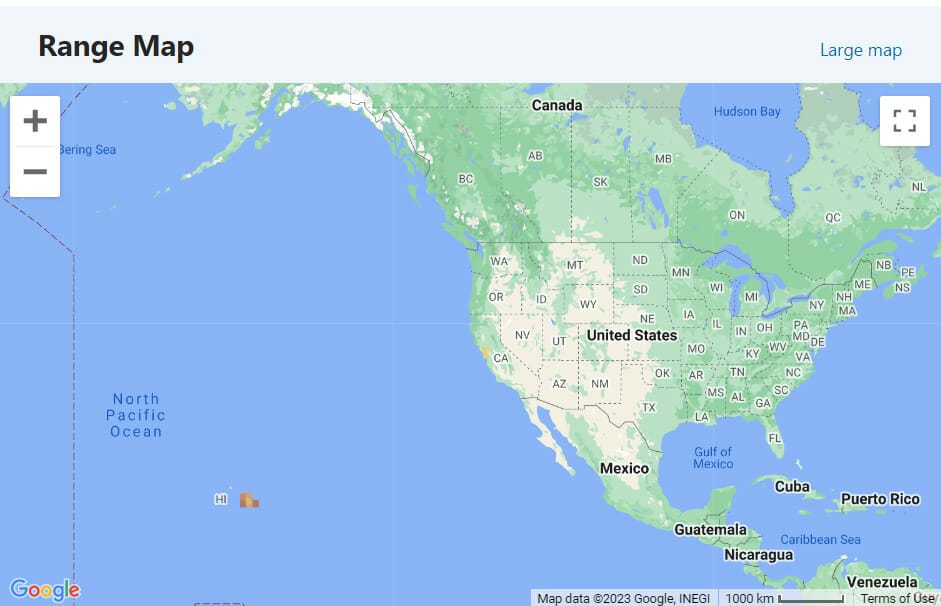
Details
As with the Red-crested Cardinal, this bird was introduced to Hawaii and is, again, a member of the tanager family. It is, therefore, discounted.
Pyrrhuloxia (Cardinalis sinuatus)
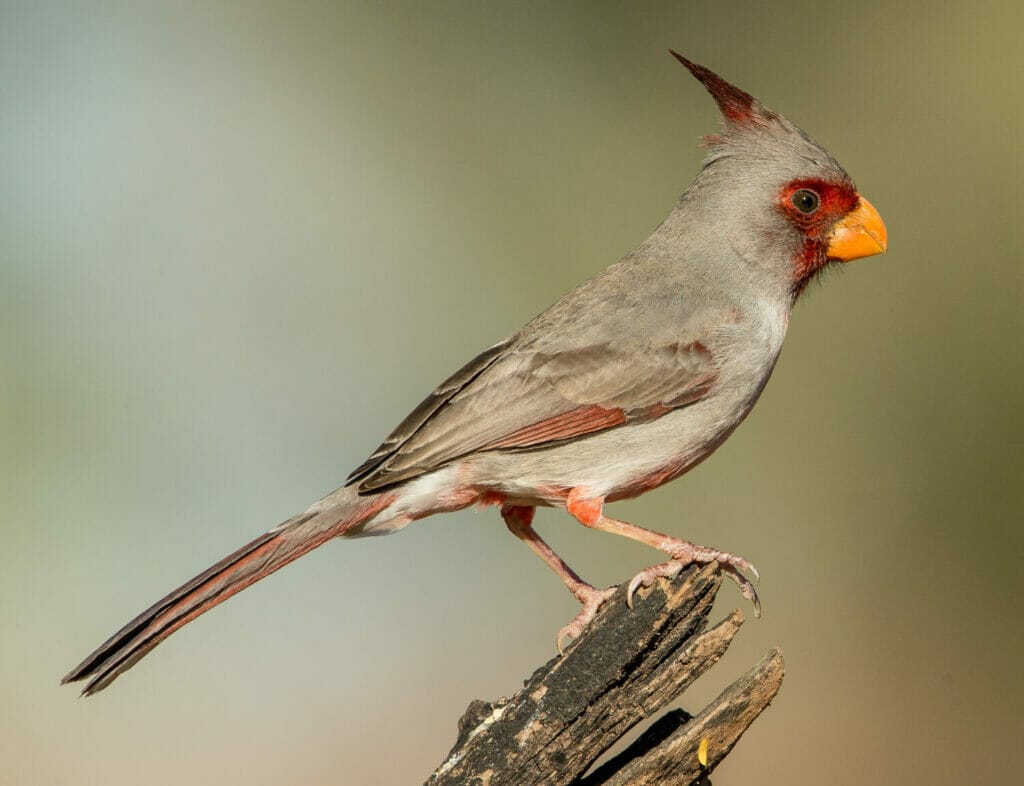
Range
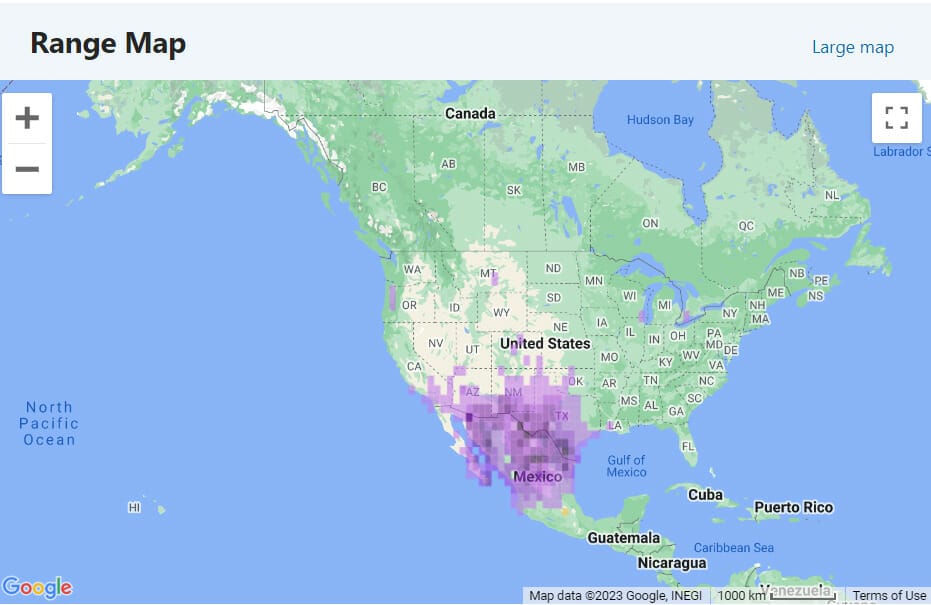
Details
This cardinal lives mostly in desert areas. Its range spans northern Mexico and south western America. As an opportunistic feeder, this cardinal eats a range of foods from seeds to fruit and insects. It will visit bird feeders.
Suitable Feeders
We are only considering only the Northern Cardinal and Pyrrhuloxia and they both eat seeds and will frequent bird feeders. So which feeders are suitable?
- The obvious choice for these cardinals is a flat tray feeder, either on the ground or hanging up. The threat from predators is minimal as they are larger than other birds attracted to feeders and so can successful take seeds from an open tray.
- A hopper feeder set to allow larger birds to feed would also be suitable. These birds are smart enough to figure out that they can stand on the plate and open the hopper.
- The tube feeder may also be ok for the cardinals. They might be a bit big for small tubes but would be able to sit on the perches and access the tube contents on medium and large versions.
- Cardinals are flexible enough to be able to chip away at suet feeders so these are good too.
- The cardinal may be too big to feed from the thistle feeder.

So, Northern Cardinals and Pyrrhuloxia are the only cardinals likely to be seen at backyard feeders in continental America and will visit pretty much all versions of feeders. They are agile, flexible and eat a range of foods.
Regarding which feeder is best, we would suggest trial and error. Trying an open, flat tray with seeds on it is a great place to start. From there you can experiment with where it sits in the garden, what other birds visit and if there are any troublemakers.

FAQ
The easiest kind! These birds are smart remember. Platform and ground feeders are most suitable but don’t forget that not only cardinals will be attracted. They are agile and can take nuts or suet from cage feeders.
Like feeders, there is a huge choice and cardinals may prefer one food over another. The best thing to do is experiment and monitor the results. Try seeds for a week, dark berries for another etc etc. Then you can see which food they prefer.
Although they seem gregarious and outgoing, cardinals are quiet shy birds. If they are not coming to your feeder, try putting it nearer to some foliage so they feel a bit more secure in visiting. It is all about trial and error. Persistence is the key.




